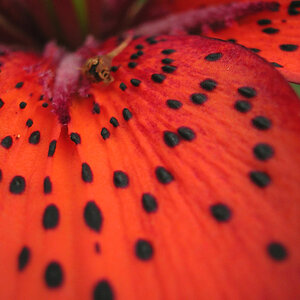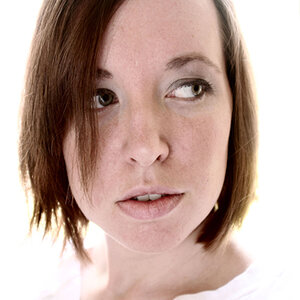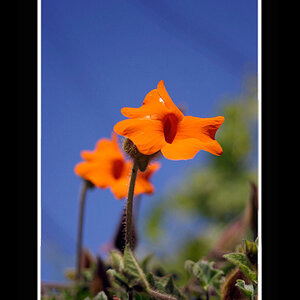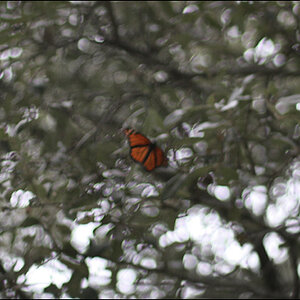kristo
TPF Noob!
- Joined
- Aug 17, 2010
- Messages
- 9
- Reaction score
- 0
- Location
- shrewsbury
- Can others edit my Photos
- Photos NOT OK to edit
Hi all, my first post!
Ill get straight to the point!
When HDR'ing images the norm is to take 3 or more bracketed shots and combine them etc however this wouldnt be practical for moving shots or perhaps bands etc...
What if I take a decent RAW shot, open it in the converter and save 3 different version of the same image? one normal, one underexposed by -2 and one over by +2 before combining them in the same way??
I guess I could have tried this before asking but it just popped into my head.
any thoughts?
regards, K
Ill get straight to the point!
When HDR'ing images the norm is to take 3 or more bracketed shots and combine them etc however this wouldnt be practical for moving shots or perhaps bands etc...
What if I take a decent RAW shot, open it in the converter and save 3 different version of the same image? one normal, one underexposed by -2 and one over by +2 before combining them in the same way??
I guess I could have tried this before asking but it just popped into my head.
any thoughts?
regards, K




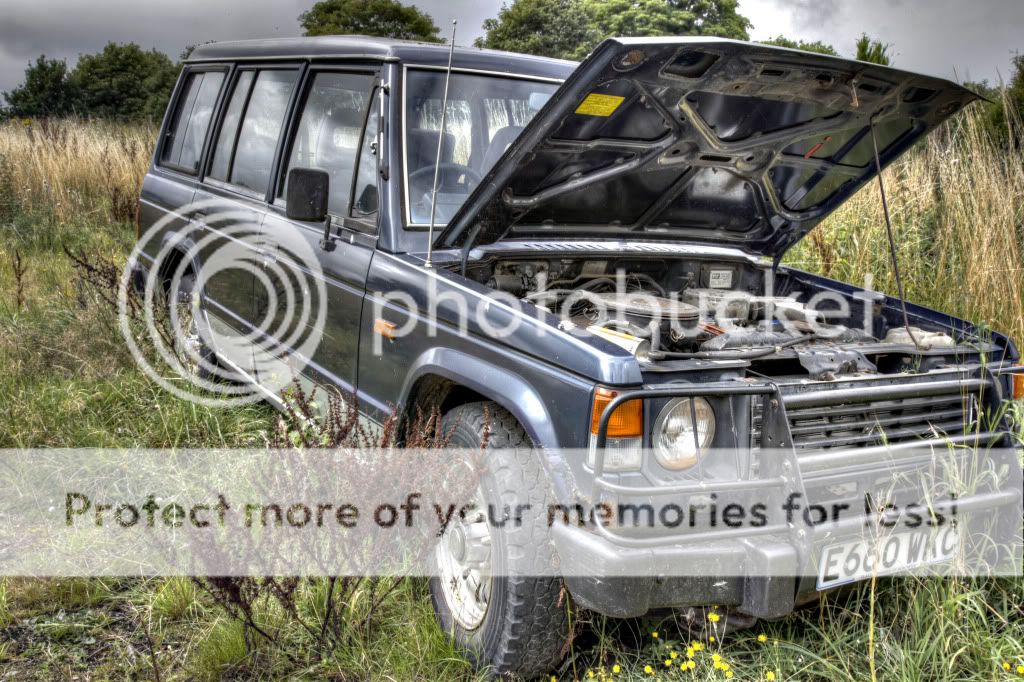


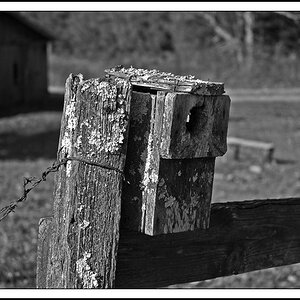
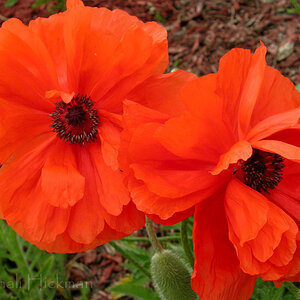
![[No title]](/data/xfmg/thumbnail/42/42058-8597ac0f687fb4007aa3ca0210936f04.jpg?1619739994)
